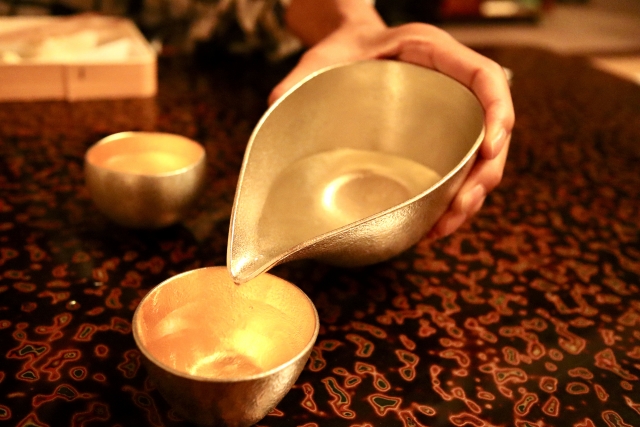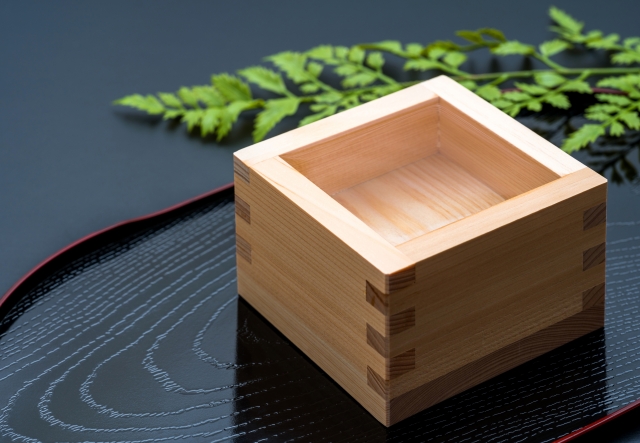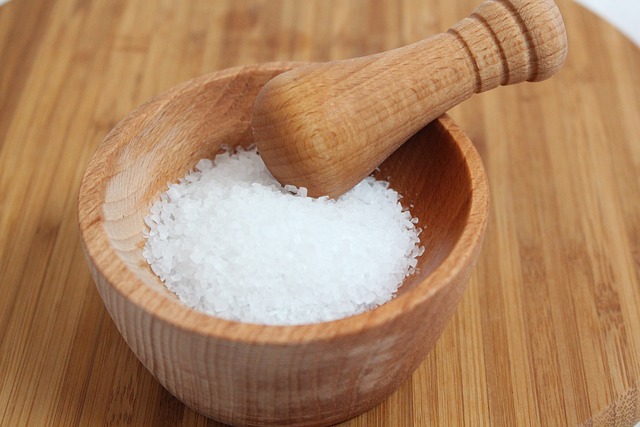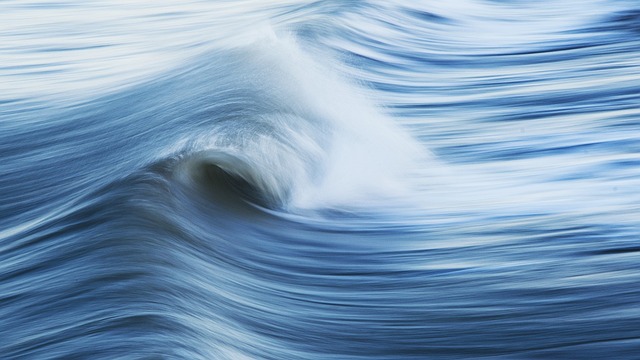Introduction: The Subtle Charm of Japanese Evening Drinks

Japan is renowned for turning simplicity into an art form. Whether it’s the clean lines of its architecture or the purity of its tea ceremonies, minimalism runs deep in Japanese culture. And nowhere is this truer than in its drinking traditions. The practice of sipping sake, Japan's iconic rice wine, accompanied merely by a pinch of salt, epitomizes the Japanese way of celebrating simplicity.
The Philosophy Behind Simplicity

The term "iki" (粋) in Japanese embodies a unique brand of chic sophistication, emphasizing subtlety, originality, and simplicity. Opting for just a sprinkle of salt with one's sake is a culinary representation of this philosophy. This refined combination allows the drinker to fully immerse themselves in the rich flavors and complexities of the sake.
The Timeless Journey of Sake
Before delving into the pairing, it's essential to appreciate sake's deep-rooted history. Sake has been an integral part of Japanese culture for over a millennium, evolving from religious ceremonies to the common man's drink. Brewed from fermented rice, sake's delicate flavors vary based on multiple factors, including the water source, type of rice, and brewing techniques.
Why Salt? Understanding the Chemistry

Salt, in its myriad forms, has a unique ability to elevate and transform flavors. When paired with beverages or food, it suppresses bitterness, allowing other taste profiles to become more pronounced. With sake, salt accentuates its inherent sweet and umami notes, achieving a palate balance that's nothing short of harmonious. This dynamic is precisely why many elite sake bars in Japan offer patrons a touch of salt to cleanse their palates between different sake varieties.
Choosing the Right Salt for Sake

All salts aren't the same. Sea salt, rock salt, and specialty salts vary in their mineral content and flavor profiles. Japanese connoisseurs often lean towards regional specialties, such as Okinawan sea salt, or internationally sourced varieties like Himalayan pink salt. These salts, laden with distinct minerals, can highlight different nuances in sake.
Craftsmanship Behind Sake Brewing
Sake brewing is a meticulous process, bearing resemblance to crafting a work of art. From selecting the finest rice grains to the delicate fermentation process, each step requires precision. The water, often sourced from pristine mountain streams, plays a pivotal role, as does the unique Koji mold, which aids fermentation. Each brewery, or "kura," has its own set of traditions and secrets, making each bottle of sake a unique masterpiece.
Savoring the Experience: Tips for the Perfect Sake and Salt Pairing

- Temperature is Key: Sake can be enjoyed warm or cold, but a slightly chilled temperature is often preferred for the sake-salt duo.
- Minimalism at its Best: A mere pinch of salt is adequate. Too much can overshadow the sake's nuances.
- Embark on a Flavor Journey: Experiment with various salts and sake varieties. Each combination promises a unique tasting experience.
Sake in Social Context
Beyond the drink itself, the act of drinking sake has significant social implications in Japan. It's a drink that binds people, often consumed in groups, promoting a sense of community and shared experiences. The art of pouring for others, never for oneself, exemplifies mutual respect and camaraderie.
Conclusion: A Symphony of Flavors

Savoring sake with just a dash of salt is an ode to Japan's love for simplicity and sophistication. It's more than just a drink; it's an experience, a journey through Japan's rich cultural tapestry. Whether you're a seasoned sake aficionado or a curious novice, the pairing of sake and salt promises an enlightening and memorable tasting adventure.
Recommended Pairing Meals with Sake
